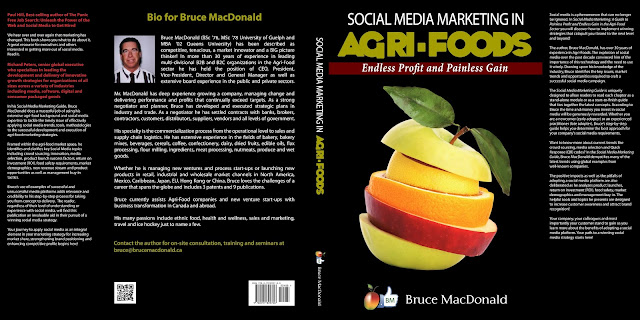Sustainable food production: Facts and Figures
A brief history of agricultural Science & Technology (S & T)
Farming depends on experimentation, observation, and carefully designed resource management systems. Mexican farmers' domestication of wild teosinte (maize's ancestor) 9,000 years ago provides one of the best-known examples of ancient crop-breeding. Careful husbandry of plant and animal biodiversity has been practiced since antiquity in home gardens and through the domestication of edible species. [8] Soil and water management also has a long history. Traditional irrigation techniques range from large-scale systems (e.g. a network of dams and canals) to small, decentralized and flexible systems (e.g. farm ponds, treadle pumps and drip irrigation) and the use of integrated soil and water conservation (e.g. through check dams and stream bunds). [9]
In modern times, S&T have made key contributions through advances in plant breeding (notably improved varieties of maize, rice and wheat), by developing synthetic pesticides and fertilizers and by mechanizing farming practices along the production chain from 'field to fork'. Applied in Asia and Latin America, these innovations contributed to substantial increases in food production in the early- to mid-twentieth century. Beginning with new high-yielding wheat varieties developed in Mexico, the 'Green Revolution' raised global yields of wheat (208 per cent), paddy rice (109 per cent), maize (157 per cent), potato (78 per cent) and cassava (36 per cent) between 1960 and 2000. [10]
The science that made these increases possible was supported, in large part, by an enabling policy and funding environment (see figure 3) and a focus on preventing hunger in the developing world. [11]

 Click on the image above to enlarge
Click on the image above to enlarge
The S&T supporting the Green Revolution stemmed from developments in biology and chemistry in the 1800s and early 1900s. Advances in plant breeding were based on Mendellian genetics. In chemistry, the Haber-Bosch process (developed by the German chemist Fritz Haber) converted atmospheric nitrogen to ammonia fertilizer on an industrial scale. The improved seeds and fertilizers these developments brought were supported by irrigation infrastructure and machinery, expert advice and credit.
Long-term impacts
Long-term impacts
The Green Revolution potently demonstrated S&T's potential to increase food production. It was lauded for averting catastrophic famine in the developing world, and also for 'sparing' non-agricultural land from conversion to cropland.
The book is available on Amazon and Kindle for $4.99 USD. Visit amazon/Kindle to order now:
http://www.amazon.ca/Social-Media-Marketing-Agri-Foods-ebook/dp/B00C42OB3E/ref=sr_1_1?s=digital-text&ie=UTF8&qid=1364756966&sr=1-1
Thanks for taking the time


No comments:
Post a Comment